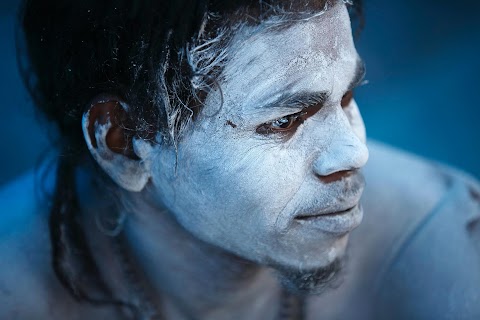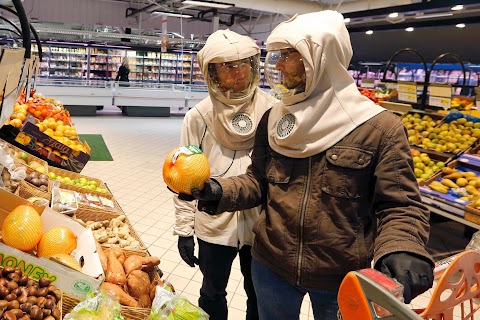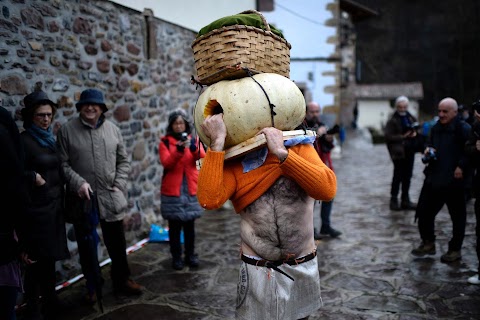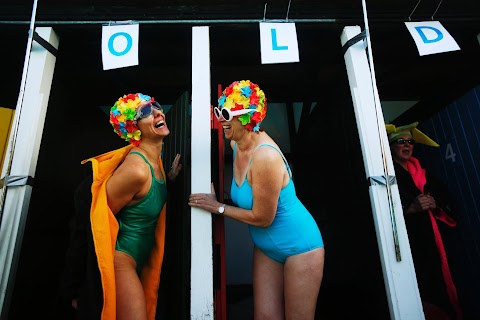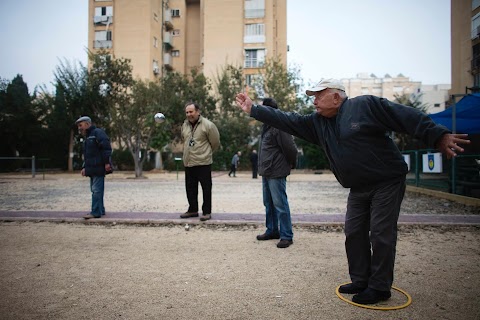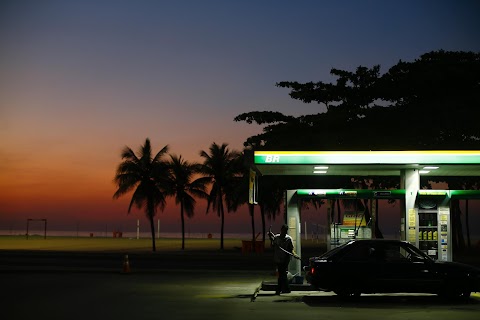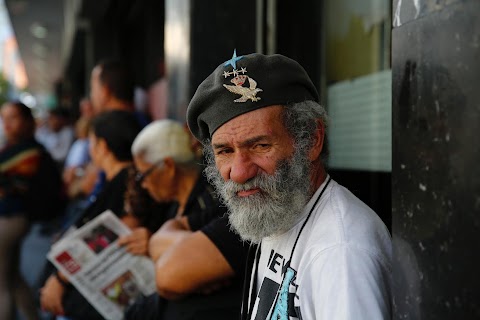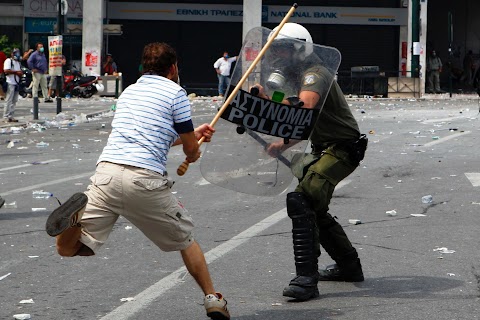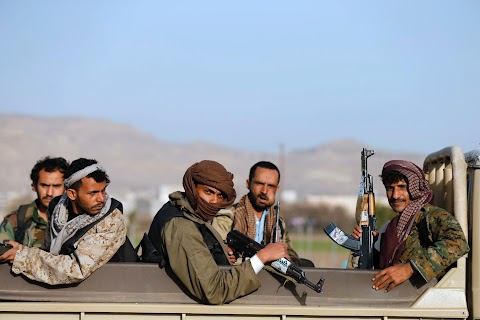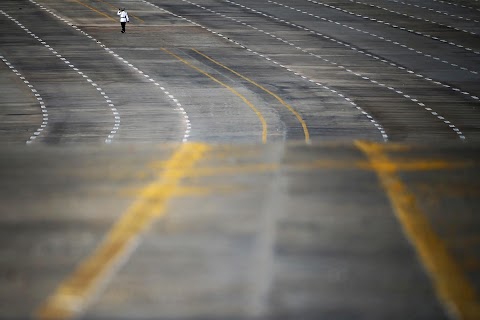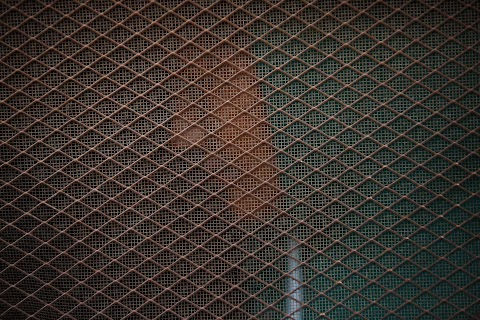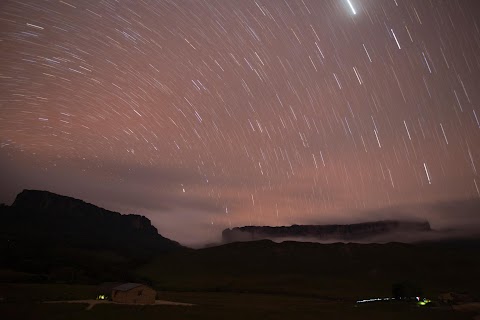
Venezuela's lost world
 Carlos Garcia Rawlins
Carlos Garcia Rawlins
A mysterious table-topped mountain on the Venezuela-Brazil border that perplexed 19th century explorers and inspired "The Lost World" novel is attracting ever more modern-day adventurers.
Once impenetrable to all but the local Pemon indigenous people, now several thousand trekkers a year make the six-day hike across Venezuela's savannah, through rivers, and up a narrow path that scales Mount Roraima's 600-meter cliff-faces.

Some 3,000-4,000 people are now climbing Roraima each year, creating queues on the narrow single track during peak times over Christmas or Easter, and leaving the few sheltered coves at the top sometimes crammed with tents.
While that is a help to Venezuela's tottering tourism industry and brings revenues to local communities, it is also scattering a prehistoric landscape with unwanted litter.

"It used to be more solitary and inhospitable," recalls guide Felix Medina, 59, calves aching after leading two groups up-and-down Roraima with the local Akanan tour agency.
"Now there are too many people. It's chaotic sometimes, a bit disillusioning," adds Medina, who has been leading groups there half a dozen times a year for the last 12 years.

On the large plateau, at nearly 3,000 meters, strange and gnarled rock formations - thought to have been formed when the African and American continents scraped apart - play with the mind, humorous in the sun, ghostly in the mist.
It was on that fantasy landscape, in British author Arthur Conan Doyle's 1912 classic "The Lost World", that dinosaurs attack a group of explorers amid the rocks and swamps.

The mountain is sacred for the Pemons and a spiritual symbol for many other Venezuelans.
Some Roraima-lovers want the government, tour operators and local Pemon leaders to convene and make rules to limit the numbers who can roam the top each day to, say, a few dozen.
They would also like to see a stricter application of rules to ensure visitors, or the porters that most people employ, carry every last shred of waste down with them.
Slideshow

Pemon carriers walk on the road towards Mount Roraima.

A indigenous carrier walks on the road to Mount Roraima.

The Kukenan (left) and Roraima mounts are seen from the Tec Camp, near Venezuela's border with Brazil.

Japanese tourists descend from a helicopter on top of Mount Roraima.

A pemon indigenous carrier walks on the top of Mount Roraima.

Tourists bathe in a river at the top of the mountain.

Tourists walk on Mount Roraima.

Japanese tourists descend the mountain.

Japanese tourists take shelter from the rain.
"You feel as though you are on the set of Jurassic Park."
Immense silence, terrifying cliffs, drizzling rain and dense mist accompany you on your walk on giant rock formations covered in ancient orchids, bushes and insects.
So does the constant feeling that minute you separate from your travel companions you will surely be lost on Mount Roraima’s 31 square kilometer surface.
Though reaching that extraordinary, prehistoric plateau nearly 3,000 meters high is the objective, the majesty of the surroundings astonishes you at every step of the way.
After flying from Caracas to Puerto Ordaz, we drove for hours through south Venezuela into the “Gran Sabana” (“Great Savannah”), an incredible, 18,000 square kilometer plain on the edge of the Guiana Shield and one of the oldest geological formations on Earth.
Scattered around the stunning landscape are immense, table-topped mountains known as “tepuis” —or homes of the Gods — in the local Pemon indigenous people’s language.
You feel as though you are on the set of Jurassic Park – as if, at any moment, a dinosaur might appear. No wonder this area inspired Arthur Conan Doyle to write “The Lost World.”
On arrival at the campsite for our first night, I picked up my photo equipment, walked around and realised what a tough assignment this would be.
More so than concentrating on my work for the next eight days, I would have to be up to the physical challenge of climbing and descending Roraima.
It all got suddenly worse when I slipped and twisted my ankle. When I tried to get up, I could hardly support myself due to the pain.
Luckily, after an hour’s rest enjoying the scenery, plus some analgesics and a bandage, I was able to carry on, though not without a comic limp!
When everyone at the campsite decided to go to sleep, I began sessions of night photos with long exposure to try and capture the beauty of the starry night and the tepuis in the horizon.
It was all beautifully poetic until, after a 30-minute exposure, sitting next to the camera alone and away from the campsite in total darkness, I realised the photo hadn’t come out as I wanted and I had to start again.
There were long nights spent photographing and long days walking, but each step brought something new and interesting.
After three days walking (for me) and a few helicopter flights for them, I joined a group of Japanese tourists with whom I would spend the rest of the trip.
I learned a lot from their culture and their methodical, orderly way of doing everything, while they tried to overcome the difficulties of camping so as to enjoy the surroundings.
Going to the toilet was particularly irksome because in order to protect the delicate ecosystem, all waste collected in the toilet-tent had to be placed in a bag with lime to carry down.
The porter who had that somewhat unfortunate job, heaving the waste down to the nearest village called Paraitepui on the Venezuela-Brazil border, was nicknamed “El Chocolatero” — The Chocolate Man!
Although I was well-equipped with thermal and waterproof clothes, as well as bags to protect my equipment, it was constantly raining and the humidity levels were high, so looking after my camera was no easy task.
The rain is visually interesting, of course, but taking photos in it is a delicate task. When we were safe and dry inside our sophisticated tents, looking out and seeing the Pemons covered with a simple plastic bag felt unfair.
But the privilege of knowing this magical landscape, to shoot this story, overshadows any other feelings, and adds to the list of amazing, unforgettable experiences I have had thanks to being a photographer.

